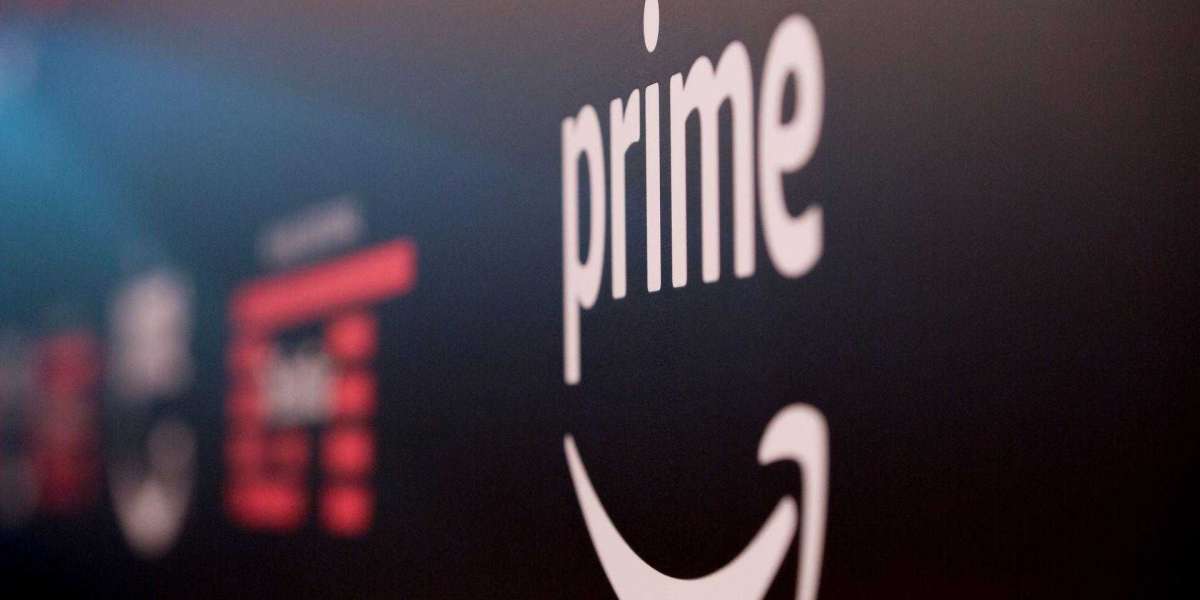These stories can be uplifting, but are generic and hide the actual complexity of producing change in the real world. This is why counterexamples might be better ways of learning.
The Zuckerberg Newark failure
A mandatory reading for anyone looking to build local coalitions around a complex issue should be a book called The Prize, written by Dale Roussakoff. It chronicles the failure of Mark Zuckerberg’s investment in trying to reform public schools in Newark, New Jersey.
Here’s a short recap, if you’ve never heard about the case. Newark’s failing public school system used to be notorious. Corruption and neglect were the norm. The school board was traveling to remote vacation islands on school district money while pupils performed far below the national average on standardized tests.
In 2010, Zuckerberg donated $100 million with the intention of turning things around in five years. The investment ultimately became $200 million, since part of the agreement was that other sources would match the money Zuckerberg was giving.
The idea was to be able to create more flexibility in teacher contracts to reward high-performing teachers and to fire ones with poor records of student achievement. Teachers’ unions opposed that, and making changes in legislation was difficult and ultimately went nowhere.
Another part of the initiatives was the $25 million that went into expanding and improving charter schools, which are independent of school districts through contracts with state or local boards. As the implementation progressed, without much consultation with the parents, these schools were closed and consolidated; some children had to walk through gangland areas to get to the new one.
Meanwhile, an army of consultants on the case were making $1,000 per day, bringing in more in a couple of days than a teacher does in a month. The consultant bill was more than $20 million in the end. This further damaged the optics of the project.
Roussakoff doesn’t point to one person or group to blame for the project’s failure. People in his book have one thing in common: they are three dimensional. They can be inspired, and self-centered, and scared, and selfless, and cynical, and starry-eyed; often the same people can hold conflicting emotions and positions at one time. This is true for anyone from parents to career politicians such as Cory Booker (then mayor of Newark) and Chris Christie (then senator). These are the real people with whom philanthropists must work if they want change to happen.
Practical lessons for building alliances
Scan the ground
The first and most important lesson for any philanthropist is to understand the context of their investment. To do this, we must map all the different stakeholders, with their beliefs, incentives and abilities. The worst thing we can do is assume that the environment we are stepping into is a vacuum which we can shape as we see fit.
This often doesn’t happen, because analysis can be hard. Foundations often outsource it to Western consultancies, which have no presence on the ground and usually resort to internet research and official statistics to paint the picture of what is happening. But statistics are misleading and the most visible voices digitally are not the most prominent ones in a community. If you are hiring a New York-based consultancy to tell you what the situation with LGBT rights in Kazakhstan is then you might be in trouble. Local organizations, and global ones with a local civil society footprint, should be preferred information providers.
A component of doing this preparatory work is understanding what other philanthropists are planning in the same area, geographically and topically speaking. Often it makes more sense to join an existing initiative than to start something of our own. Of course, the latter is more appealing to the ego. This is why real change takes secure leaders. As Harry Truman put it, “It is amazing what you can accomplish if you do not care who gets the credit.”
Skin in the game is commitment
The second lesson is that splashing money doesn’t work on its own. Sure, it will attract consultants and make the initiative more complicated and protracted, but might also make it a more colossal failure.
Few philanthropists realize that financial contributions make people invested in the outcome of the project. If the entire bill is footed by one foundation or person, that incentive shrinks. When someone tried to involve Newark residents by coordinating a $1 million donation to the Newark project, Booker’s chief fundraiser called the sum “insignificant.” A grave mistake.
Stick to your competence, or be prepared to learn from partners
The third lesson is to stick to your area of competence. If you don’t have competence in the area of your intended investment then you need to build it the old fashioned way – by learning, and by bringing in partners who have it. Having amassed billions through writing computer code that gets users addicted and by managing people effectively doesn’t all of a sudden qualify you to do brain surgery.
Education isn’t brain surgery, but it’s a complex field of human activity, like any other. It’s not enough to be inspired or “passionate” about it. Zuckerberg reportedly decided to invest based on Booker’s heartfelt one-on-one pitch at an event they both attended. Systemic philanthropy must be more than that.
Prepare to be political
Philanthropists hate being political, because that risks tainting their image of angelic do-gooders. This is why their initiatives fail. The world is political. Our investment choices are political. How people think of themselves and others is political.
The best we can do is be clear about what our political assumptions are. Is the government a solution or a problem, and how exactly does it fit in? Is it enough to invest money in local businesses and wait for the well-being to flow into the rest of the economy? Should the opinions of the unpopular local bureaucrats, who technically represent the constituency, be listened to or steamrolled? Where are the limits, if any, of what market-based impact investing can do?
Education and health are two areas philanthropists see as safe havens because they are supposedly unequivocally good for the people and hence unpolitical. In reality, they are anything but. As the experience of the Gates Foundation’s massive investments in global health has shown, you can’t ignore or circumvent local health systemic – whose quality and functioning is strongly dependent on local political realities – if you are trying to eradicate diseases and keep them eradicated.
Invest in the climate
The final lesson is to invest in climate disaster solutions, and build alliances around that issue. About one percent of global giving goes to climate change mitigation. This is shocking, and comes as a result of the factors described above: lack of understanding, desire not to be political, and a preference for quick and visible results that bring satisfaction and enhance reputation. Serious investors must overcome these obstacles, which are largely personal and psychological, and support the preservation of the world as we know it. Moreover, they must act as active promoters of this type of investment in the philanthropy advisory community.














